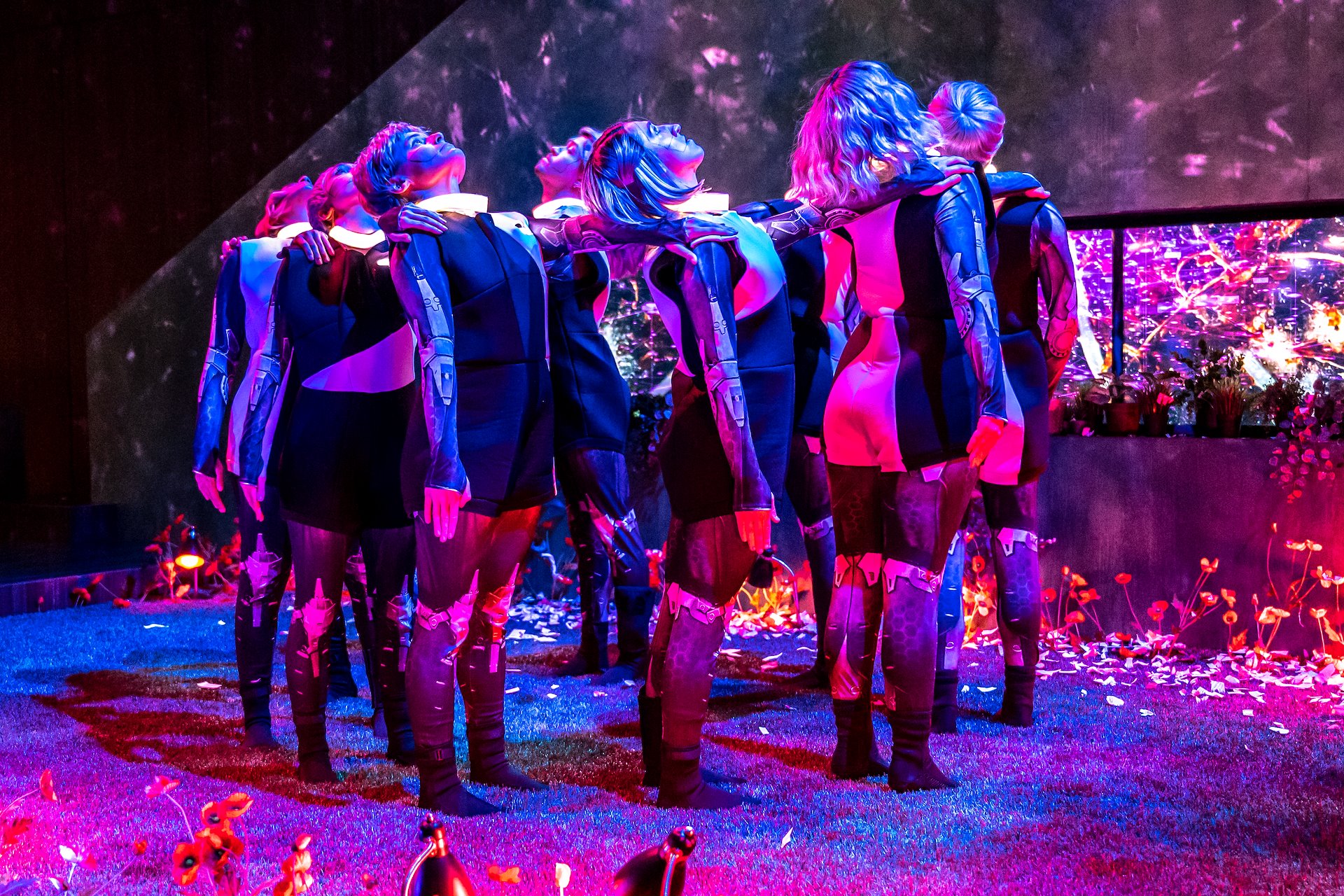
Photo by Dahlia Katz
Photo by Dahlia Katz
Photo by Dahlia Katz
Photo by Elana Emer
Photo by Elana Emer
Primus wearable devices
Collaborators
Tapestry Opera Company
Awards
2022 Dora Mavor Moore Awards
Outstanding Production
Outstanding Achievement in Design
Outstanding Performance by an Ensemble
Outstanding New Opera
Outstanding Musical Direction
Outstanding Direction
Wearable Technology Design
Kate Hartman
Nick Puckett
Adam Tindale
Wearables Design Team
Prayag Ichangimath
Sam Kingston
Composer
Nicole Lizee
Libretto
Nicolas Billon
Director
Michael Mori
Music Design
Gregory Oh
Lighting Design
Michelle Ramsay
Set Design
Cameron Anderson
Costume Design
Joanna Yu
Projection Design
Cameron Davis
Sound Design
Debashis Sinha
Photography
Elana Emer
Dahlia Katz
For the world premiere of R.U.R A Torrent of Light, we collaborated with Tapestry Opera to create a series of wearable devices that were embedded into the costumes of performers and worn by musicians. The opera was created for the 100th anniversary of the original play Rossum's Universal Robots by Karel Capek. The goal of these devices was to provide new forms of visual and audio information within the narrative of the opera. Two main types of devices were created: Primus, an LED badge and collar, and Radius, a set of wearable speakers. Each of thedevices utilized a networked microcontroller that received either color data or sound cues throughout the performance. The animated lighting sequences were created as video animations that were sampled within Isadora and sent to the wearables as OSC messages. Each device used a unique IP address which allowed different animations to be streamed to multiple characters simultaneously. The Radius devices had a series of sound files stored locally on an SD card that were triggered using OSC messages. In both cases, the custom firmware written for the devices allowed the sound, light, and projection designers to use their standard software interfaces to control this new type of output. The enclosures for each of the devices were created as custom 3d prints using a combination of FDM and resin printing using a Form3.



